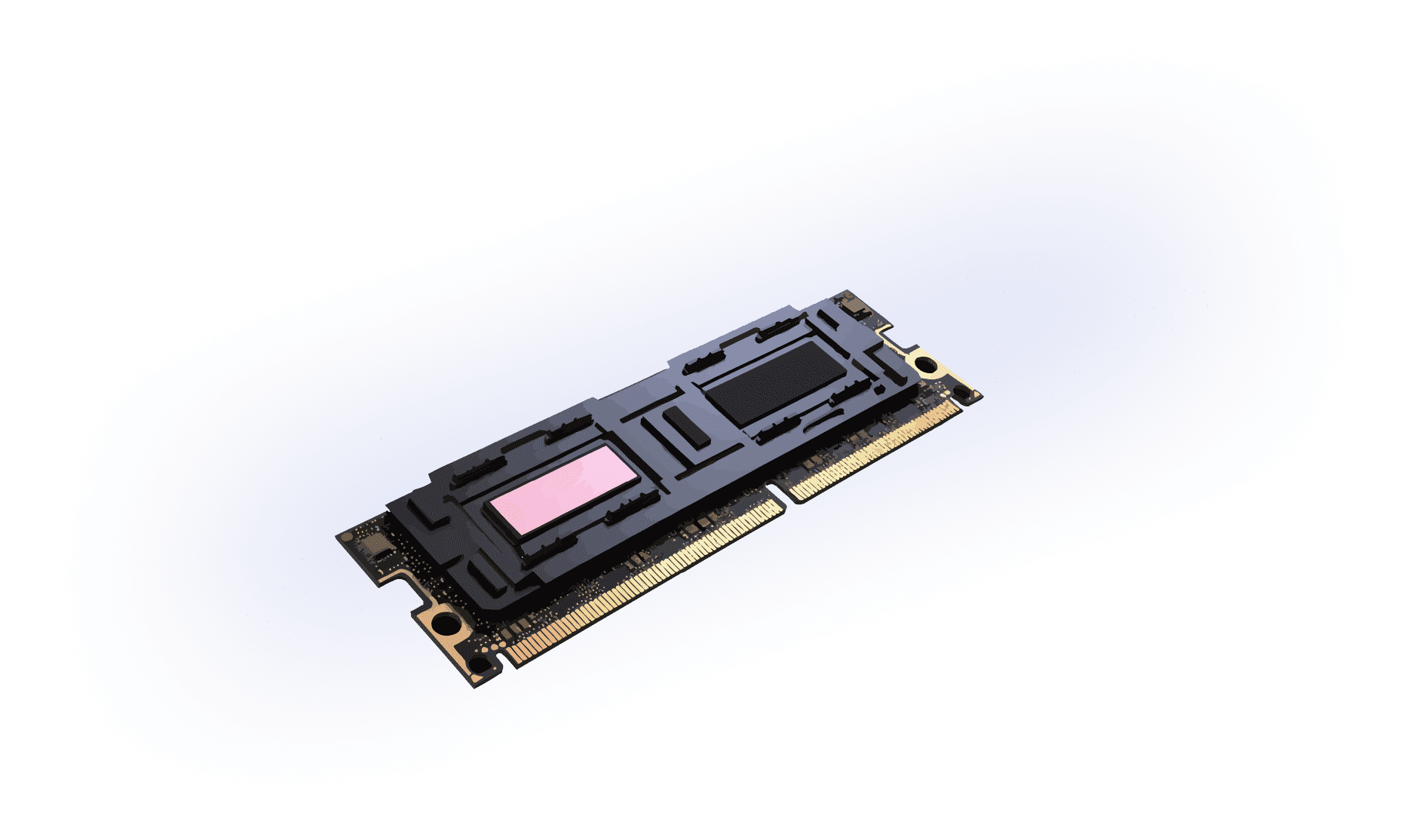Memory monitoring involves continuously tracking and analyzing
the usage of a computer system's memory resources. This
process includes monitoring metrics such as RAM (Random Access
Memory) usage, swap space utilization, and memory
leaks.
The primary goal of memory monitoring
is to ensure efficient utilization of memory resources,
prevent memory-related performance issues, and maintain system
stability.

Memory monitoring is essential for your business or organization
because it helps maintain the smooth operation of your IT
infrastructure.
By tracking memory usage, you
can identify issues before they become significant problems,
ensuring that your systems perform reliably and
efficiently.
This proactive approach minimizes
disruptions, improves productivity, and ensures that your
business can continue to deliver uninterrupted services to your
customers or clients.
High memory usage can lead to several potential consequences for
your system and operations.
System Slowdowns:
High memory usage can cause system slowdowns, affecting the
responsiveness of applications and overall system performance,
which can hinder productivity and workflow efficiency for
businesses or organizations.
Increased Disk Swapping: Excessive memory usage may lead to increased disk swapping,
resulting in slower disk access times. This can further degrade
system performance, impacting the speed at which data can be
accessed or processed, thus impeding critical business
operations.
Instability and Crashes: High memory usage can lead to system instability and crashes in
applications or the operating system. This can disrupt critical
processes, leading to downtime and potential data loss or
corruption, ultimately hurting business continuity and
reliability.
Hardware Strain:
Prolonged high memory usage can strain hardware components, such
as the RAM modules, leading to increased energy consumption,
overheating, and potential hardware failures. This can result in
additional costs for repairs or replacements and can disrupt
business operations due to hardware downtime.
MonSpark utilizes a lightweight agent-based approach for
comprehensive memory monitoring. This agent is easily installed
on your servers with a single-line command and automatically
updates itself, ensuring hassle-free setup and maintenance.
The
agent diligently gathers real-time memory usage metrics,
granting you detailed insights into server performance. By
leveraging these metrics, you can pinpoint potential memory
bottlenecks, address memory-related issues preemptively, and
devise informed strategies for resource allocation and
optimization.
The frequency at which you should monitor your server's memory
usage depends on various factors, including your business needs,
the criticality of your operations, and the level of resource
utilization.
It's generally recommended to
employ continuous rolling average monitoring with set intervals
for memory usage. This approach involves calculating the average
memory usage over a specific time frame, updating it regularly,
and then analyzing any deviations from this average. By doing
so, you can promptly detect sudden spikes or prolonged
high-usage patterns.
Memory monitoring plays a crucial role in identifying
memory-related performance issues by continuously tracking and
analyzing memory usage patterns.
By monitoring
metrics such as RAM utilization, swap space usage, and memory
allocation, memory monitoring tools provide insights into how
memory resources are being utilized by various processes and
applications.
When memory usage exceeds normal
levels or exhibits abnormal patterns, it may indicate potential
issues such as memory leaks, inefficient resource allocation, or
excessive memory consumption by specific processes.
Memory
monitoring tools like MonSpark can generate alerts or
notifications when memory-related performance issues are
detected, enabling administrators to investigate the root cause
promptly and take corrective actions to optimize memory usage
and enhance system performance.
With proactive
memory monitoring, businesses can prevent system slowdowns,
crashes, and other memory-related performance issues, ensuring
smooth and reliable operation of their IT infrastructure.
Memory monitoring supports effective capacity planning and
resource management by providing valuable insights into memory
usage trends and patterns over time.
By continuously
monitoring memory usage metrics such as RAM utilization and swap
space usage, administrators can identify historical usage
patterns, peak usage periods, and potential growth trends.
This
data-driven approach enables organizations to accurately
forecast future memory requirements, anticipate demand
fluctuations, and proactively allocate resources to meet
evolving business needs.
Additionally, memory
monitoring helps optimize resource utilization by identifying
underutilized resources and reallocating them to more critical
tasks or applications, maximizing ROI on hardware investments
and minimizing operational costs.
High memory usage can result in slowdowns or system crashes,
impacting productivity. By monitoring memory usage, issues can
be promptly identified and addressed, optimizing performance and
preventing downtime.
Contrary to
misconceptions, affordable and user-friendly solutions like
MonSpark make memory monitoring accessible for businesses of all
sizes.
With real-time insights and email
alerts, MonSpark ensures reliable system operation and
uninterrupted workflow.